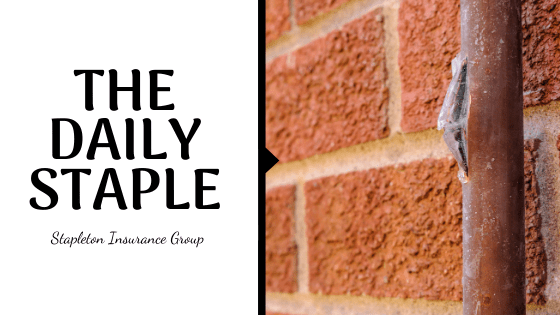Did we even have a Spring, Summer or Fall this year here in the Midwest?! It seems like we went from Winter to Mild-Rainy-Winter to oh, Hey! here is some heat for two months, then BAM here is the Mild-Rainy-Winter back again!!! Unfortunately, we cannot control the weather, but what we can do is help prevent the cold from costing you money and head aches!! We already talked about how to prepare your vehicle for winter in a previous blog, now let’s talk about how to keep your pipes from freezing in your home.
Did You Know?
Generally, pipes that are exposed to outdoor temperatures freeze more readily, such as hose bibs, swimming pool lines and water sprinkler lines. Pipes that run along exterior walls in the home with minimal insulation also tend to freeze more easily. Read on for some hints to help keep your pipes from freezing.
Use the following recommendations to prevent frozen pipes in your home:
- Insulate pipes in unheated interior areas, such as crawl spaces and attics.
- Wrap pipes in heat tape or thermostatically-controlled heat cables.
- Open cabinet doors to expose pipes to warm air.
- Seal any leaks with caulk or insulation.
- Disconnect outdoor items such as hoses and faucets. o Shut off these items completely using an indoor valve and allow the excess water to drain out.
- Trickle a little water out of your faucets periodically to keep water moving within the pipes.
- Keep your garage door closed if there is a water supply in there.
- Keep your thermostat set at the same temperature during the day and night.
- Do not set your thermostat lower than 55° F when going on vacation. Ask someone to periodically check the temperature in your home while you are away.
Safety First
If you turn on a faucet and no water or only a trickle comes out, your pipes may be frozen. Turn off the main water valve and keep the faucet on. Apply heat to the pipe by using an electric heating pad, hair dryer or portable space heater, or by wrapping the pipe in towels soaked in hot water. You should apply heat until you regain water pressure. If this does not solve the problem, contact a licensed plumber to inspect your pipes.

